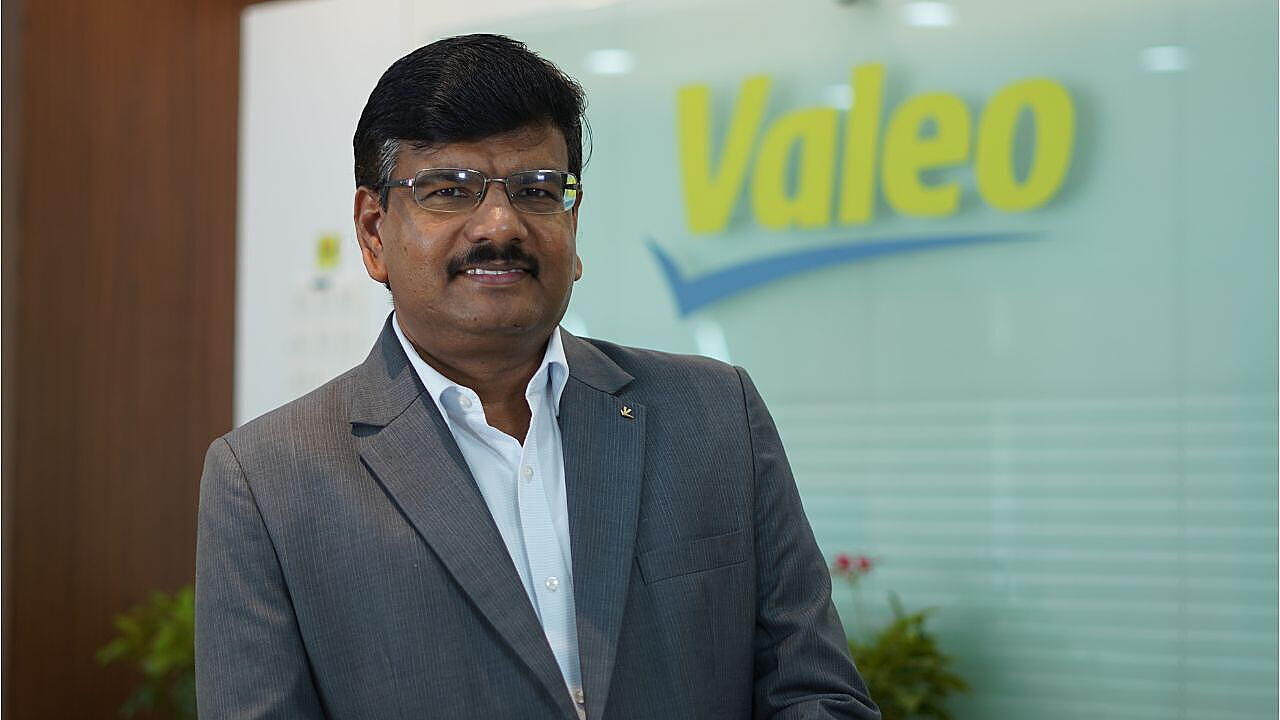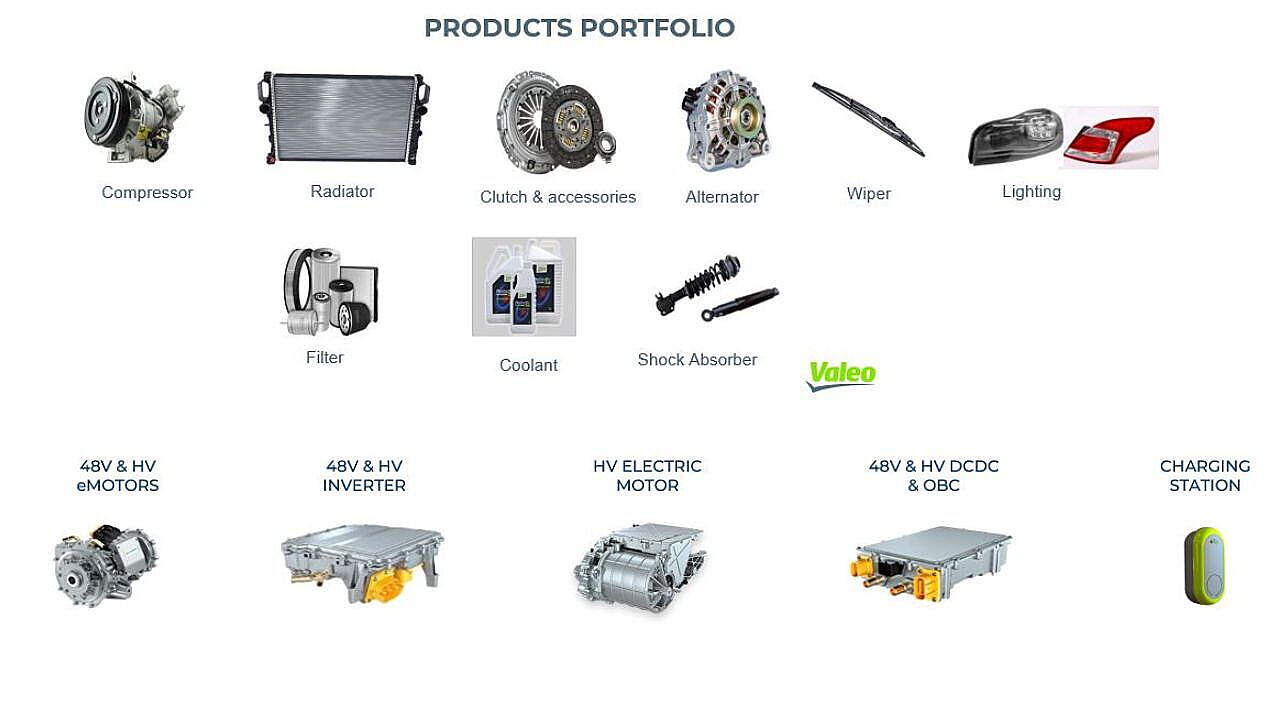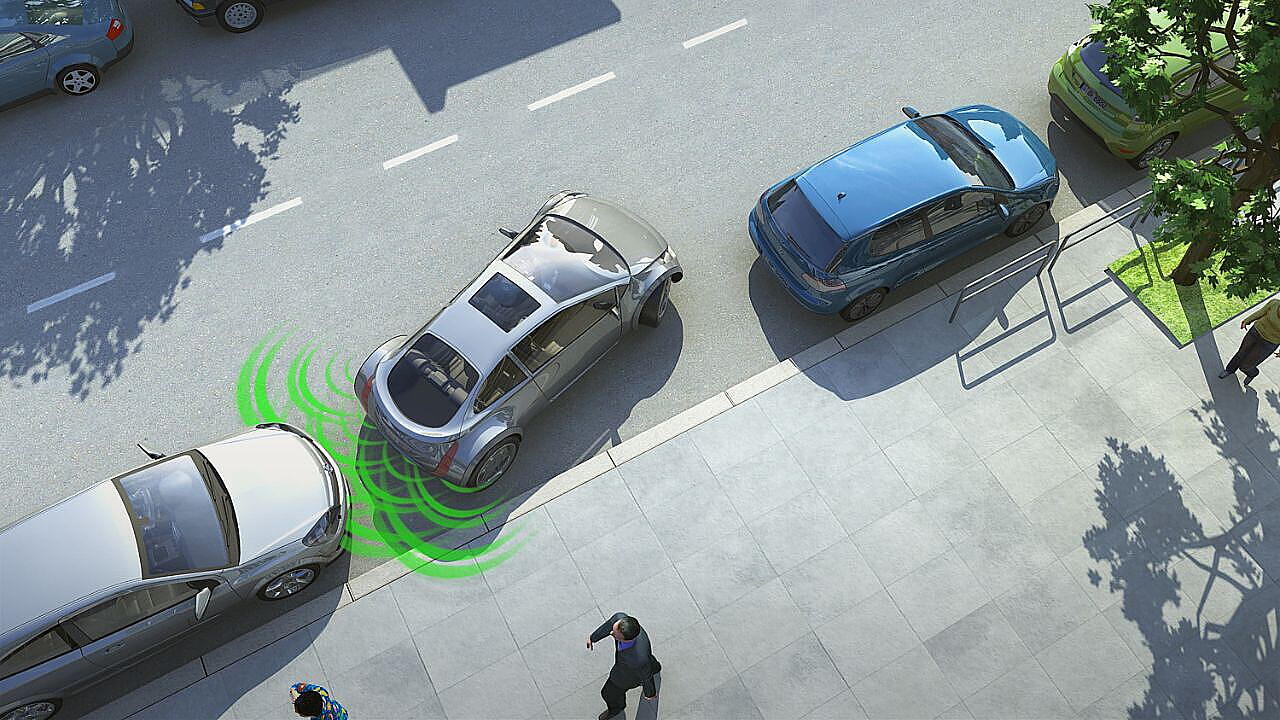
Valeo India aims to double its sales to €800 million in five years from about €400 million reported in CY22.
Part of the €17.3 billion French conglomerate Valeo Group, the Indian arm has eight production sites, one R&D centre, and five distribution platforms spread across Chennai, Pune, Sanand, Gurugram and Noida. It supplies to almost all OEMs straddling different vehicle segments.
Jayakumar G, India Group President, Managing Director and Board of Director for all entities of Valeo in India, told Mobility Outlookthat the growth plan will factor in electromobility, growth in internal combustion engine (ICE) products and rear park assist systems (RPAS). Volumes in tandem with more content per car will fuel growth for the company.
Electrification
According to Jayakumar, the products for electrification will see four-fold growth, in small mobility and high-voltage segments, in the next five years. At present, of total industry volumes, electric passenger vehicles account for 1%, while it is 5.5% for (electric) 3Ws and 3.5% for 2Ws. As he added, EVs are expected to grow in all segments in the future.

The company recently added Autl Greentech, part of Atul Auto based in Rajkot, Gujarat, to its e3W clientele. With range anxiety becoming an issue for e3Ws, Atul Auto, Honda Powerpack Energy and Valeo India signed a tripartite agreement.
Here, Honda will support Atul with swappable batteries while Valeo will supply the e-powertrain. “Once established, the battery swapping will be highly successful for e3Ws since the battery takes up over 40% of the cost for EVs. The operating economy will improve substantially with swappable batteries,” said Jayakumar.
The company also caters to Omega Seiki Mobility's e3Ws and is now working with two other OEMs and a couple of start-ups in the e3W space.
Electric Two-wheelers
As for the e2W segment, Valeo India will begin supplies to three manufacturers in less than a year. “We are promoting a new product called SMMG or small mobility motor generator,” he added.
The system comprises a permanent magnet motor (rare earth free) and inverter with embedded motor control and vehicle control functions with ASIL-B (automotive safety integrity level).
It is being developed locally in India with high localisation content. The system is capable of a peak of 8kW and high-speed operational capabilities of up to 12,000 rpm.
The completely sealed IP67 system has in-built protection for thermal derating. The rare earth free and high power density systems are available for 2/3 wheelers, said Jayakumar.

Electric PVs
Valeo caters to Tata Motors’ Nexon and Tigor EVs in the passenger vehicle segment. It was initially supplying standalone onboard chargers (OBC) and DC-DC converters. However, when Tata Motors moved to integrated systems for its weight/footprint reduction programme, Valeo India began importing the integrated system.
This is a 3-in-1 combo unit, combining OBC and DC-DC converters coupled with a PDU – power distribution unit. The OBC is built into the car to recharge the high voltage battery from the AC grid with a different power range from 7kW, 11kW up to 22kW.
The DC-DC converter converts power from the high-voltage (800V) bus to the 12V bus to charge the low-voltage battery and power the onboard electric devices. The PDU delivers power to all critical electric loads within an electric vehicle, including traction and auxiliary loads.
Combining these three products helps in component saving and component sharing among battery, OBC and DC-DC units, cooling panels, high-voltage cables, signal connectors and housing.
Valeo is in talks with four OEMs in India to supply the 3-in-1 combo unit. It is also working with an Indian vehicle maker to supply the battery cooling system, which will be initially imported from headquarters in France. Localisation will be decided based on the volumes, said Jayakumar.

RPAS
Valeo India began its foray in RPAS – rear park assist — in 2021 by manufacturing sensors followed by allied systems. It will opt for backward integration while expanding capacity with “deeper localisation,” driven by market demand.
The company is also introducing Park4U technology, which takes all the stress out of parking. The innovative automated driving technology ensures seamless parking at the tap of a button.
The driver only has to record the parking manoeuvre once to train the vehicle. The next time he reaches the destination, it will recognise its surroundings thanks to cutting-edge sensors. The driver has nothing more to do than to select the parking function on the dashboard touchscreen, then sit back and let the car take over.
Be it perpendicular, parallel or reverse parking or gliding into an angled parking spot, Park4U enables the car to enter and exit tight parking spaces autonomously and safely. If there is an obstacle blocking its path, the driver has to activate the back drive feature. The car can then autonomously drive in reverse for up to 200 metres, explained Jayakumar.
Conventional Mobility
Valeo’s existing business verticals such as lighting, thermal, clutch, alternators and starters, will continue as ICE steadily grows too. “We don’t see any issue with ICE in the next five years. Subsequently, however, its growth will taper off and EVs will take over substantially,” he said.
Also Read:
Valeo Crosses 10 Mn Production Mark For Front Camera With Mobileye
Valeo, Atul, Honda Sign MoU To Drive 3W Electrification In India
Fourteen Months After Unveiling Electric Assistance For Bikes, Valeo Clinches Deal From 14 Customers